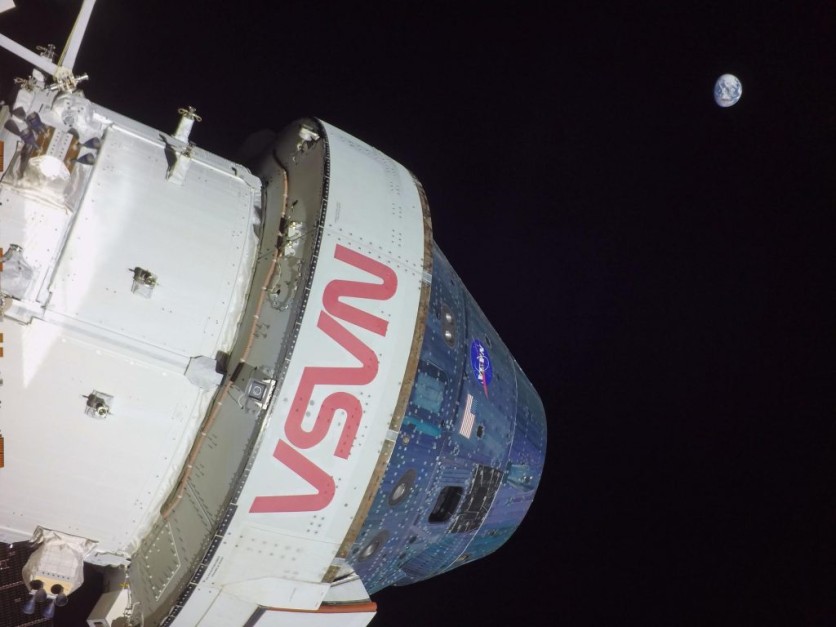NASA's Artemis 1 mission is already on its 11th day of the mission after entering a distant retrograde orbit on Friday. However, the 11th day was not just a normal one. It was historic.
Orion officially broke the record for the longest voyage with a spacecraft intended to take people into outer space and back to Earth at 7:42 a.m. on Saturday, Nov. 26, as per NASA's latest update.

Breaking Apollo 13's Record
The milestone was first achieved by the Apollo 13 mission, which recorded 248,655 miles from Earth. On Monday, Nov. 28, Orion will be more than 270,000 miles from Earth when it is closest to the Moon.
Auxiliary thrusters on Orion's service module were also fired on Saturday for less than a second to move the spacecraft at.47 feet per second, completing its first orbital maintenance burn.
Orion's course will be adjusted while it continues to orbit the Moon during the scheduled orbital maintenance burns.
The spacecraft will be staying in a retrograde orbit for six days until leaving the Moon's orbit, which will place the spacecraft on a course to return to Earth and make a splashdown in the Pacific Ocean on Sunday, Dec. 11.
Commander Moonikin Campos
A suited manikin bearing the name of a significant figure in the successful return of Apollo 13 to Earth is flying onboard Orion on the Artemis I mission.
The manikin was named after Arturo Campos, an electrical engineer who devised a solution to give the command module adequate electrical power to safely navigate home after an oxygen tank on the Apollo spacecraft's service module ruptured.
Commander Moonikin Campos has sensors to provide information on possible crew experiences throughout the flight, carrying on Campos' legacy of ushering human exploration into deep space.
Artemis expands on Apollo's knowledge. Humans will return to the Moon's surface with Artemis, and this time they will stay.
NASA will employ cutting-edge technology to explore the Moon's South Pole and a larger area of its surface than ever before by deploying the Gateway space station in lunar orbit with cutting-edge spacesuits and rovers.
NASA stated it would take the lead in cooperation with international and corporate partners to build the first long-term human presence on the Moon.
Next Big Step
The next big step for Artemis 1 will be to deliver the first astronauts to Mars, using what it has learned on and around the Moon.
Orion lacks a lunar lander, so a touchdown won't happen until NASA astronauts attempt a lunar landing with SpaceX's Starship in 2025.
The first astronaut mission will take place in 2024 on Artemis 2, piloting a crewed Orion around the Moon.
Orion was traveling at a speed of 2,013 miles per hour and was 252,133 miles from Earth and 52,707 miles from the Moon, according to NASA's latest blog post.
Related Article : NASA Will Land On The Moon For The First Time in 50 Years l Here's Everything You Need To Know About Artemis 1
This article is owned by Tech Times
Written by Jace Dela Cruz
ⓒ 2026 TECHTIMES.com All rights reserved. Do not reproduce without permission.




